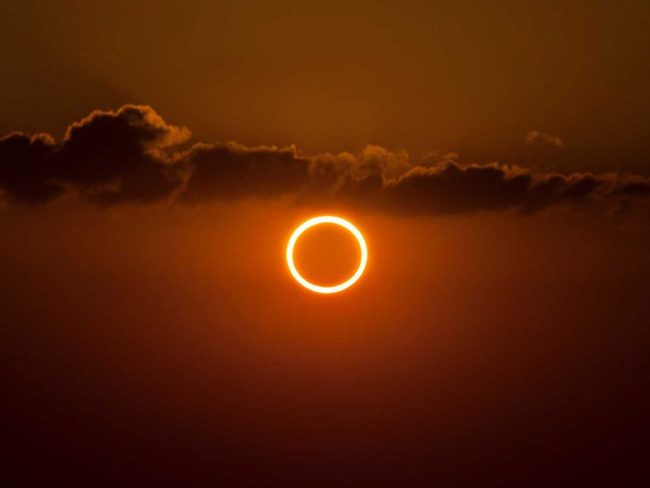Moon and planets
The first planetary conjunction occurs on January 23: about an hour after sunset, watch out for the dazzling glow of the crescent moon that will appear in the sky above two bright planets: Venus and Saturn. | Photo: ESO / Y. Beletsky
A rare solar eclipse
The year 2023 will see a rare hybrid solar eclipse on April 20. The bad part is that it will only be seen in parts of Oceania, where it presents lucky observers with a beautiful “ring of fire” – when sunlight is partially surrounded by the moon. | Photo: ipicgr/Pixabay
to want
The peak of the Lyrid meteor shower is expected to occur between the night of April 22nd and the morning of the 23rd, when it will produce up to 20 meteors per hour. It is the result of dust particles left behind by comet C/1861 G1 Thatcher. | Photo: Michal Mancevich
Moon and Planets #2
Another meeting that promises beauty will take place on May 22, when the Moon, Mars and Venus will dance together in the sky all night long, in an arc. | Photo: @SeVoSpace
epididymis
The Perseids, one of the best-observable meteor showers that produces up to 60 meteors per hour at its peak, is scheduled for August 12-13. It is powered by debris left behind by Comet Swift-Tuttle. | Image: NASA
Moon and Planets #3
Already on October 2, Jupiter, the largest planet in the solar system, will approach the Moon almost completely illuminated, in a fantastic confrontation. | Image: Disclosure
Solar eclipse in Brazil
An annular solar eclipse will occur on October 14 and will be visible from North America to South America. The best location to view the Ring of Fire is northeastern Brazil, particularly in the capitals of Natal (RN) and Joao Pessoa (PB). In other areas of the country, the eclipse will be partial, starting shortly after 3 p.m., until sunset. | Photo: Prism / AFP
Gemini
To end the year on a high note, the best meteor showers to peak on December 13 and 14: the Geminids, which can produce up to 120 colorful meteors per hour at their peak. It originates from the remnants left by the asteroid 3200 Phaethon. | Image: shutterstock











:strip_icc()/s04.video.glbimg.com/x720/11792055.jpg)

:strip_icc()/s03.video.glbimg.com/x720/11786998.jpg)



